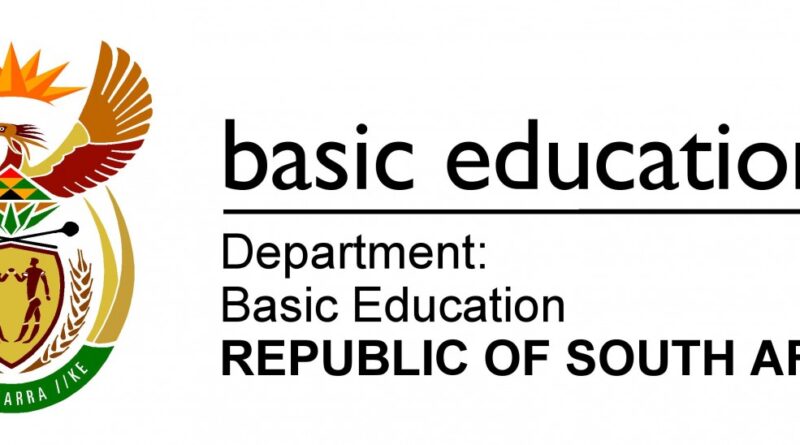Concerns Emerge About Hiring Practices in South Africa’s Department of Basic Education
The South African Department of Basic Education (DBE) has recently introduced measures aimed at addressing youth unemployment by employing Education Assistants (EAs) and Graduate Assistants (GAs) as part of the Presidential Youth Employment Initiative within the basic education sector. The initiative is designed to encourage current matriculants to perform well in their studies, offering them the chance to work as assistant teachers once they graduate. However, this initiative has raised concerns among qualified graduates who have invested years in higher education to become professional teachers.
Graduates with degrees or diplomas in education now find themselves competing for positions that appear to require only a matriculation certificate. This shift prompts significant questions about the value of higher education in teaching and whether the department is diminishing the importance of formal teacher training.
The issue lies in the DBE’s hiring practices, which seem to prioritize matriculants for EA and GA positions traditionally filled by qualified teachers. This practice not only affects employment opportunities for graduates but also questions the value of obtaining higher education in teaching. The salary disparity further emphasizes the problem: assistant teachers earn about ZAR 4,080 monthly, significantly less than qualified teachers, suggesting a cost-cutting measure at the expense of educational quality.
Critics argue that favoring less-qualified individuals for teaching roles could discourage future students from pursuing teaching degrees, thereby undermining the integrity of the profession. There is growing pressure for the DBE to reassess its hiring practices to ensure the value of qualified teachers is upheld and protected.
A comprehensive conversation is needed regarding the standards for teaching positions and the future of education in South Africa. The DBE must carefully consider the long-term effects of its current employment strategy on educational quality and teacher professional development.
Solutions to Address the Issue
To address the concerns surrounding the employment of EAs and GAs in place of qualified teachers, the following multifaceted solutions could be considered to ensure the education sector values both newly qualified teachers and assistants, while maintaining high educational standards:
- Create Clear Career Pathways for EAs and GAs Develop structured programs that enable EAs and GAs to gain further qualifications and transition into fully qualified teaching roles. This could include part-time study opportunities, scholarships, or accelerated teacher training specifically designed for those with practical classroom experience.
- Establish a Mentorship Program Pair EAs and GAs with experienced teachers who can mentor them, offering guidance and helping them develop their teaching skills under professional supervision. This approach will improve the quality of teaching and help prepare them for future roles as qualified teachers.
- Prioritize Hiring Qualified Teachers for Permanent Positions Ensure that permanent teaching roles are mainly offered to candidates with formal teaching qualifications, ensuring that pursuing higher education in teaching remains a viable and attractive career path. This approach will reward commitment to professional qualifications.
- Develop a Dual-Track System Implement a dual-track system where both qualified teachers and teaching assistants have well-defined, separate roles. This ensures assistants support teachers without replacing them, maintaining educational standards and allowing each group to focus on their areas of expertise.
- Increase Investment in Teacher Training and Salaries Allocate more resources for teacher training and offer competitive salaries to attract and retain qualified teachers. This also includes providing fair compensation for EAs and GAs, recognizing their contributions while reflecting the differences in qualifications and responsibilities.
- Enhance Professional Development Opportunities Provide continuous professional development for all educators, including workshops, courses, and conferences to help them stay up-to-date with the latest teaching methodologies and educational research. This ensures continuous improvement in the quality of education.
- Implement Rigorous Evaluation and Feedback Mechanisms Introduce regular evaluation processes for both EAs/GAs and qualified teachers to ensure teaching standards are consistently met. Constructive feedback from these evaluations should guide professional development.
- Public Awareness and Transparency Clearly communicate the roles and contributions of both EAs/GAs and fully qualified teachers to the public. This transparency will help manage expectations and emphasize the importance of formal teacher qualifications.
By implementing these solutions, the DBE can effectively balance immediate staffing needs with the long-term goal of enhancing educational quality through professional teacher development. This approach will not only elevate the teaching profession but also ensure that students receive the best possible education.
